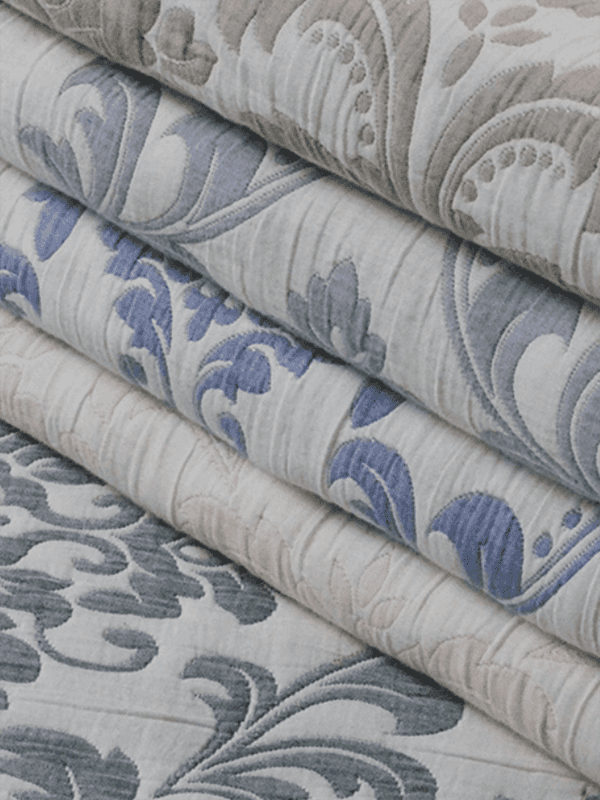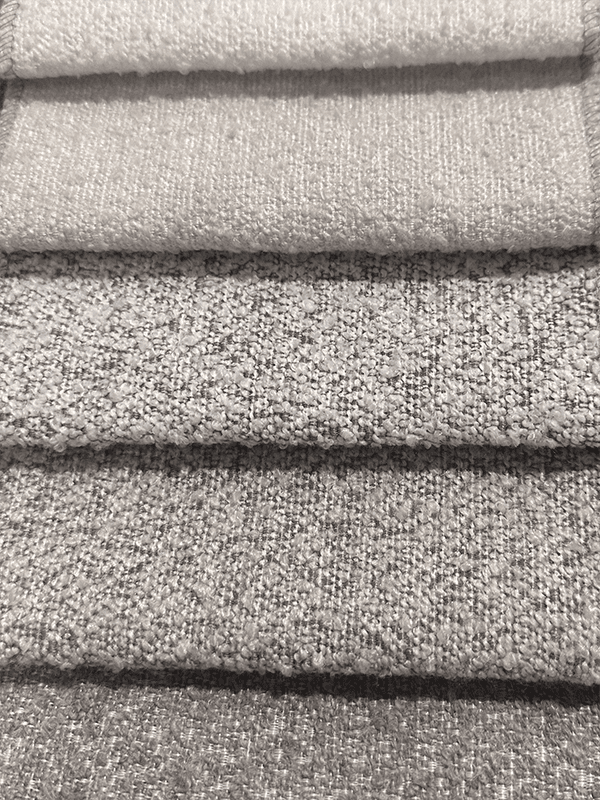Introduction: Choosing Between Leather and Fabric Sofa Upholstery
When it comes to selecting the right upholstery for your sofa, leather and fabric are two of the most popular choices. Both materials offer unique benefits and considerations that can affect the look, feel, and durability of your furniture. Understanding the advantages and drawbacks of each material is essential for making an informed decision based on your lifestyle, aesthetic preferences, and maintenance needs.
In this article, we will explore the key benefits of leather and fabric sofa upholstery, compare their properties, and help you determine which option is best for your home and family.
Durability and Longevity
One of the most important factors to consider when choosing sofa upholstery is durability. Both leather and fabric have unique strengths in this regard, but their longevity can vary depending on the material type and usage.
Leather Upholstery
Leather is renowned for its durability and ability to withstand wear and tear over time. A high-quality leather sofa can last for decades if properly maintained. It is resistant to scratches, stains, and fading, which makes it an excellent choice for high-traffic areas or households with pets and children.
Leather’s resistance to moisture and dirt also makes it easier to clean compared to fabric. However, it can develop creases, scuffs, and scratches over time, which may add character but can also impact its aesthetic appeal.
Fabric Upholstery
Sofas Fabric tend to be more vulnerable to wear and tear, especially in homes with pets or children. While fabric can be very durable, it may show signs of wear more quickly than leather. It is prone to staining and may fade over time due to exposure to sunlight and general use.
However, the durability of fabric upholstery can vary widely depending on the type of fabric used. Some fabrics, such as microfibers and synthetic blends, offer excellent resistance to wear and tear, making them a good choice for families. On the other hand, natural fibers like cotton or linen may require more frequent cleaning and maintenance.

Maintenance and Cleaning
The ease of maintenance is another crucial consideration when choosing between leather and fabric sofa upholstery. Both materials require regular care, but the methods and frequency of maintenance differ significantly.
Leather Upholstery
Leather upholstery is relatively low-maintenance compared to fabric. It can be easily wiped down with a damp cloth to remove dust, dirt, and spills. Leather is resistant to absorbing liquids, which means stains are less likely to set. However, leather does require periodic conditioning to keep it supple and prevent cracking, especially in dry environments.
Leather may also require special cleaning products designed for use on leather to avoid damaging the material. Regular cleaning and conditioning can help maintain the leather’s luster and prevent wear.
Fabric Upholstery
Fabric upholstery requires more frequent cleaning and maintenance than leather. While many fabrics can be vacuumed to remove dust and debris, spills and stains can be more challenging to clean. Some fabrics may require professional cleaning to remove stains without causing damage.
One of the main challenges with fabric upholstery is its susceptibility to absorbing liquids, which can lead to permanent stains if not addressed quickly. Regular cleaning is essential to keep fabric sofas looking fresh and prevent odors from developing.
Comfort and Feel
The comfort level of a sofa is another key consideration when choosing between leather and fabric upholstery. Both materials offer a different seating experience, and personal preference plays a significant role in the decision-making process.
Leather Upholstery
Leather is known for its smooth and cool-to-the-touch feel, which can be very comfortable in warmer climates. However, leather can feel cold in the winter months unless you add cushions or throws to soften the surface.
Some people find leather to be less breathable compared to fabric, which can make it uncomfortable during long periods of sitting. It can also get sticky in hot and humid weather, especially if the sofa is not properly ventilated. Over time, leather may soften and conform to the body, improving comfort.
Fabric Upholstery
Fabric upholstery tends to be softer and more breathable than leather, making it a comfortable choice for year-round use. Fabric is available in a wide variety of textures, from soft and plush to smooth and sleek, giving you more options to suit your comfort preferences.
Fabric sofas generally feel warmer than leather during colder months and provide a cozy, inviting seating experience. They are also more forgiving when it comes to body temperature fluctuations, making them a comfortable option for long periods of sitting.
Aesthetic Appeal and Design Flexibility
Both leather and fabric offer unique aesthetic qualities, but they cater to different design preferences and styles. Choosing the right material depends on the overall look you want to achieve in your living space.
Leather Upholstery
Leather sofas exude sophistication and elegance, making them a popular choice for modern, upscale interiors. They add a luxurious touch to any room and are available in a range of colors, including traditional browns, blacks, and grays, as well as more contemporary hues like white, tan, and even bold colors.
Leather’s smooth texture and natural sheen create a sleek, polished look that complements both minimalist and classic designs. However, leather may not suit more casual or rustic interiors where a softer, cozier feel is desired.
Fabric Upholstery
Fabric upholstery offers a wider range of textures, patterns, and colors compared to leather. From plush velvets and intricate patterns to simple cottons and linens, fabric sofas can be tailored to fit virtually any interior style. Fabric upholstery is often the go-to choice for more traditional, vintage, or casual settings.
Fabric sofas provide a cozy, inviting atmosphere that is ideal for family rooms or casual living spaces. They can also be easily updated with throw pillows or covers, making it easier to refresh the look of your sofa over time.
Cost Considerations
When comparing leather and fabric upholstery, cost is an important factor to consider. Leather tends to be more expensive than fabric, primarily due to the higher cost of raw materials and the manufacturing process. While leather may offer greater durability, the initial investment can be significant.
Fabric upholstery is typically more affordable, with a wide range of options to suit different budgets. While fabric may not last as long as leather, it offers excellent value for money, especially for those looking for a budget-friendly option.
Conclusion: Which Upholstery is Right for You?
Both leather and fabric offer unique benefits, and the best choice depends on your priorities, lifestyle, and aesthetic preferences. Leather is ideal for those seeking durability, easy maintenance, and a luxurious look, while fabric is perfect for those who value comfort, design flexibility, and affordability.
Consider your living environment, how much use the sofa will receive, and your personal style preferences when making your decision. With the right care, both leather and fabric upholstery can

 English
English 中文简体
中文简体 Español
Español عربى
عربى











